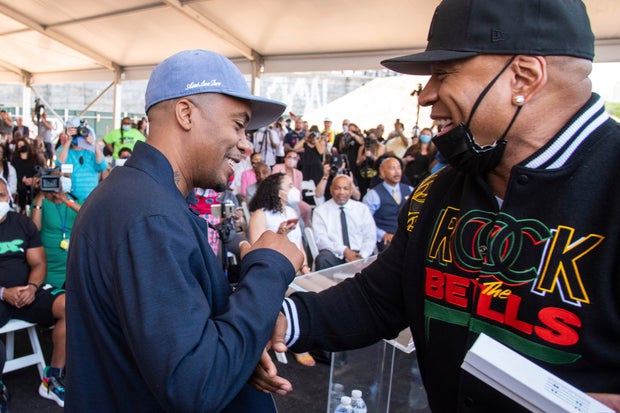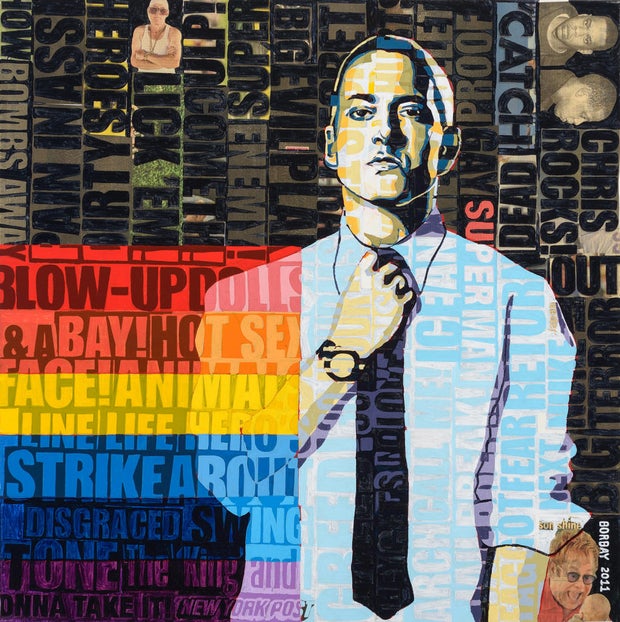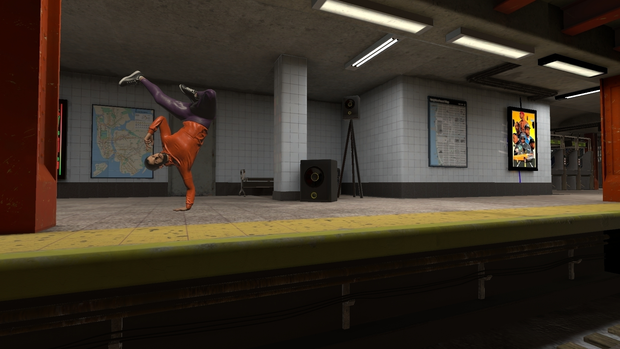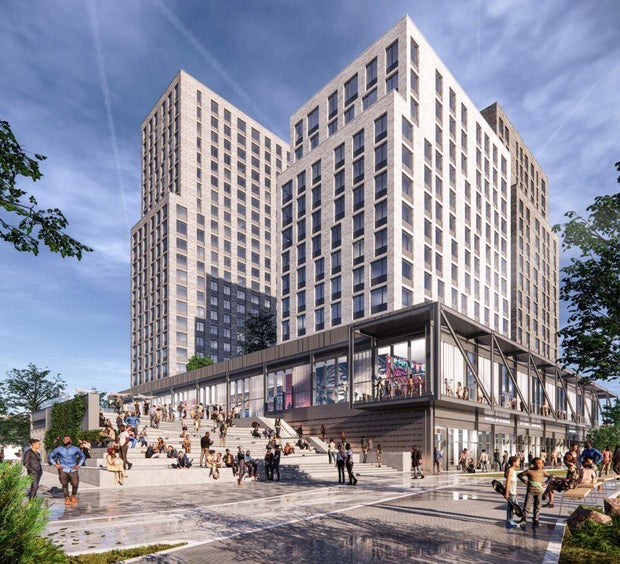New York City — more importantly, the Bronx — is getting its first museum of hip-hop.
Scheduled to open in 2024, the two-floor Universal Hip-Hop Museum will be located on East 150th Street, attached to the Bronx Point development, in the borough that’s legendary as the birthplace of hip-hop. The focus of the museum is to highlight the five pillars of hip-hop: DJing, emceeing, break dancing, graffiti, and knowledge.
Photo by Charles Sykes/Invision/AP
Currently, UHHM’s executive director Rocky Bucano and his team are collecting artifacts and memorabilia from around the globe. They’ve recently received a donation of massive speakers from the club The Roxy, the original sound system from Pete DJ Jones — who is Rocky’s cousin, and one of the original mobile disc jockeys. The collection also includes an acrylic collage of Eminem on canvas by the artist Borbay, a rare Rocawear Roc-A-Fella black leather tour jacket, a bike signed and used by Snoop Dogg from the MTV sketch show “Doggy Fizzle Televizzle,” and every edition of notable hip-hop magazines. And that’s not all.
Adam Silverstein/Universal Hip-Hop Museum
Microsoft is the Universal Hip-Hop Museum’s technology partner, and Rocky Bucano and his team are also working with a group from MIT, led by D. Fox Harrell, to create a new way to imagine the history of hip-hop — with its own metaverse.
The metaverse, designed and produced by Carnevale Interactive, will debut before the brick-and-mortar museum opens and will feature a subway that serves as a gateway to teleport guests into different areas of the museum’s exhibits. The virtual world will also incorporate NFTs and live performances spaces.
Photo courtesy of Carnevale Interactive
“We’re building a unique kind of museum experience. We’re not building the old traditional museum where you’re going to see a bunch of stuff on the wall and you know, looks like old dinosaurs,” Bucano said.”My curator [Adam Silverstein, the museum’s director of archives and collections] says, we’re not building a mausoleum, we’re building a museum. You know, a living, breathing representation of hip-hop culture. Something that is always changing and evolving.”
But it almost didn’t happen. Twelve years ago, the Universal Hip-Hop Museum was just a dream — an “audacious dream,” Bucano said. At the time, he worked as executive director of a nonprofit organization for a youth basketball team, the New York Gauchos, which was looking for ways to expand and turn the Kingsbridge Armory in the Bronx into a sports and entertainment complex. Although the plans fell through, it opened the door for another idea for the community: a hip-hop museum.
“At the beginning, it was like a, you know, a slow locomotive. Nobody was excited. Nobody wanted to get involved. And then slowly but surely, as long as I kept pushing the dream in front of people, more and more people became interested,” he said.
And that’s exactly what happened: hip-hop legends Kurtis Blow, LL Cool J, Nas, and Fat Joe joined in on the dream. Soon, Michael Ford (a.k.a Hip-Hop Architect) joined the team too, helping put together the architectural designs of what the museum would look like. Finally, the dream was looking more like a reality.
Adam Silverstein/Universal Hip-Hop Museum
“Everybody was like, ‘I get it now, I see it.’ You know they say that seeing is believing, and even though the dream was just on paper, people started to see that, OK, we got a game plan now, we got an architect, we have a vision,” said Bucano.
With the help of Microsoft, they were able to do a tour to garner feedback from other places that contributed to the genre, such as California, Atlanta and Detroit, to see if the idea of a hip-hop museum was feasible. Then they had to find a home for it — a long and complicated process.
The opportunity finally presented itself with the help of Josue Sanchez, senior director of L&M Development Partners and current development partner for Bronx Point. The mixed-used complex will feature affordable housing, a public park, and community and retail spaces, as well as the museum.
Photo courtesy S9 Architects
Along with preserving the legacy of hip-hop culture, the museum also has plans to create educational and mentorship programs to help develop the next generation of hip-hop icons and entrepreneurs. For Women’s History Month, they launched “The Fresh, Bold and So Def” Women’s Initiative, led by the Hip-Hop Education Center, which will address issues like misogyny and racism while honoring and empowering the contributions and achievements of women in hip-hop.
Though the Universal Hip-Hop Museum isn’t set to open until 2024, it has a temporary location at the nearby Bronx Terminal Market that will showcase the “Revolution of Hip-Hop” exhibit, celebrating the genre’s golden era from 1986-1990, which is set to open in April. For more information, visit uhhm.org.



